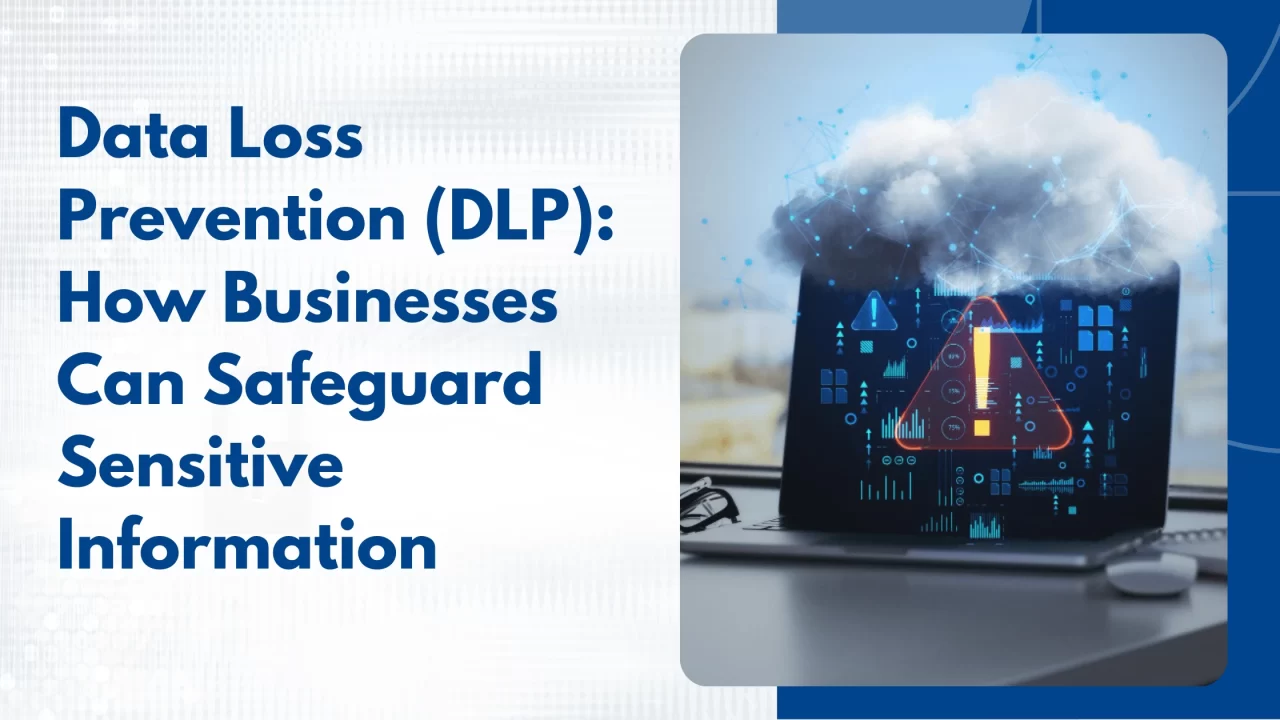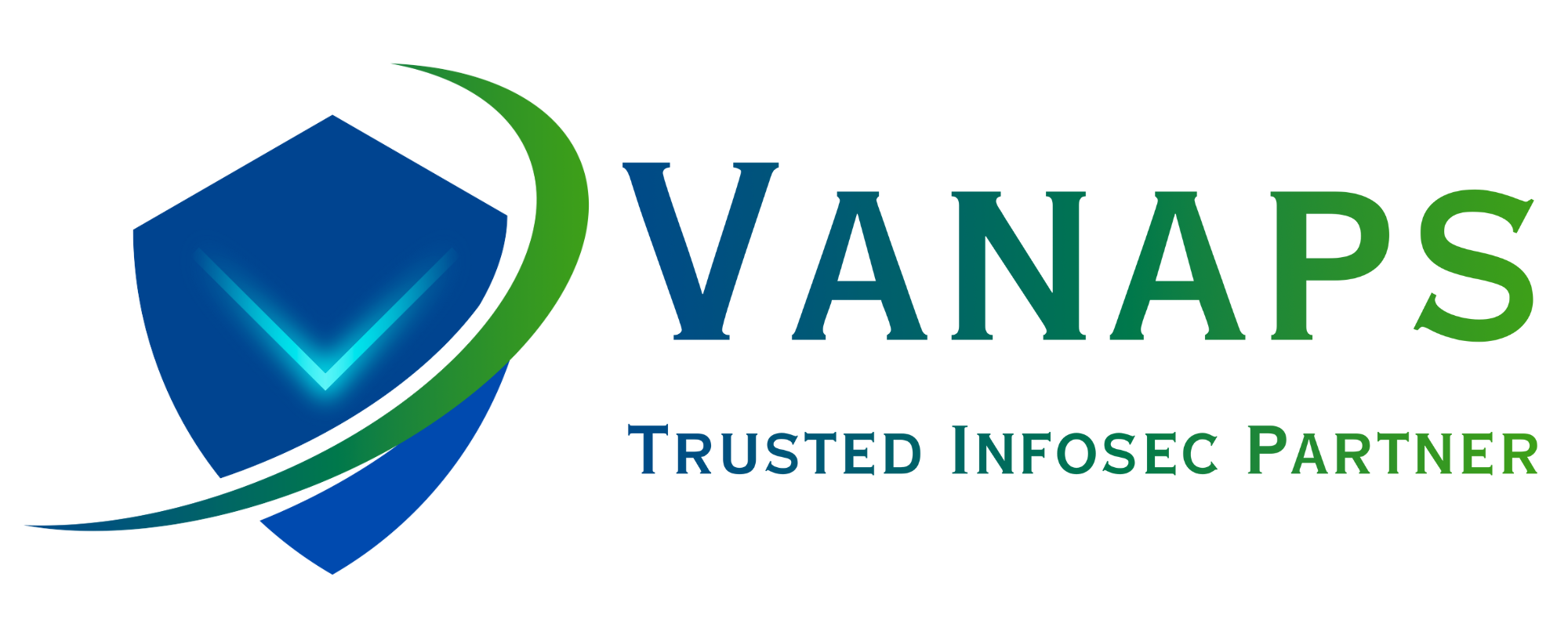In an age where data is one of the most valuable assets a business can possess, protecting it has never been more critical. Whether it’s financial records, intellectual property, or customer information, the consequences of data loss can be devastating—both financially and reputationally. This is where Data Loss Prevention (DLP) comes in.
This blog explores what DLP is, why it’s vital for organisations of all sizes, the top strategies enterprises can adopt, and real-world lessons learned from data breaches.
What is Data Loss Prevention (DLP) and Why Is It Important?
Data Loss Prevention (DLP) refers to a set of technologies, policies, and procedures aimed at detecting and preventing the unauthorised use, transmission, or access of sensitive data. The goal is simple: ensure confidential information doesn’t leave the organisation’s network unintentionally or maliciously.
Why DLP Matters
- Compliance: Businesses handling sensitive data must comply with regulations like GDPR, HIPAA, or PCI DSS. DLP solutions help ensure compliance by controlling how data is shared.
- Insider Threats: Not all threats come from outside. Employees, knowingly or unknowingly, can pose risks. DLP monitors and controls their interactions with sensitive data.
- Data Integrity: Preventing data leaks ensures that the integrity and trustworthiness of business operations remain intact.
- Reputational Protection: Data breaches can severely impact customer trust. A robust DLP framework protects brand reputation.
Top DLP Solutions and Strategies for Enterprises
There’s no one-size-fits-all when it comes to DLP. Enterprises must adopt a combination of technology, policies, and employee education to build a resilient DLP strategy.
- Classify Your Data
You can’t protect what you don’t understand. Start by identifying and classifying sensitive data—such as Personally Identifiable Information (PII), financial data, or proprietary IP.
- Set Policies and Access Controls
Implement policies that determine:
- Who can access what data
- What data can be moved or shared
- Which activities trigger alerts or automatic blocks
Use role-based access controls (RBAC) to minimise unnecessary exposure.
- Implement Endpoint DLP Solutions
Endpoint DLP tools monitor and restrict data usage on devices such as laptops, desktops, and USBs. They can:
- Block unauthorised file transfers
- Restrict screen captures or print actions
- Encrypt files before allowing movement off-network
- Network DLP Tools
Network DLP solutions monitor data in motion. They analyse emails, web uploads, and cloud syncs for unauthorised data sharing.
Use-cases include:
- Preventing credit card numbers from being emailed externally
- Detecting large data transfers to cloud services like Dropbox or Google Drive
- Cloud DLP Solutions
With the shift to SaaS platforms, businesses need tools that integrate with applications like Microsoft 365, Google Workspace, and Salesforce.
Cloud DLP:
- Scans documents and messages in the cloud
- Flags or blocks sensitive data exposure
- Works seamlessly across multiple cloud environments
- Data Encryption and Masking
Encrypt sensitive data both at rest and in transit. Mask data in environments like testing or development to minimise exposure.
- Real-Time Alerts and Incident Response
Use AI-powered tools that provide:
- Real-time alerting for policy violations
- Automated responses like blocking, quarantining, or encrypting data
- Centralised dashboards for incident tracking and auditing
- Employee Training and Awareness
DLP isn’t just about software—it’s also about people. Conduct regular training sessions to educate employees on:
- Data handling best practices
- Recognising phishing and social engineering attempts
- Company data policies and consequences of violations
Case Studies on Data Breaches and Lessons Learned
While we won’t reference specific organisations from our own platform, here are anonymised examples and generalised scenarios that highlight the importance of proactive DLP implementation:
Case 1: Accidental Exposure via Cloud Storage
An enterprise misconfigured its cloud storage permissions, making thousands of sensitive documents publicly accessible. This led to a major data breach and regulatory penalties.
Lesson: Cloud DLP and configuration auditing tools are essential for secure SaaS use.
Case 2: Insider Data Theft
A disgruntled employee downloaded sensitive customer information onto a USB drive and attempted to sell it to competitors.
Lesson: Endpoint DLP with USB blocking and file movement tracking could have prevented this incident.
Case 3: Email Mishap
An HR representative accidentally attached a spreadsheet with employee salary data in a company-wide email.
Lesson: Content scanning and email DLP rules could catch sensitive content before it’s sent out.
Case 4: Unsecured Mobile Devices
A sales executive’s unencrypted laptop was stolen during travel. It contained unprotected access to client databases.
Lesson: Device encryption and remote wipe capabilities are critical parts of any DLP strategy.
Conclusion
Data Loss Prevention (DLP) is not just a technical solution but a strategic necessity in the modern threat landscape. By implementing the right mix of tools, policies, and training, businesses can significantly reduce their risk of data leaks and non-compliance.
DLP is a cornerstone of a robust cybersecurity framework. It empowers businesses to protect their most valuable digital assets and reinforces customer trust in an increasingly regulated world.
If you haven’t yet prioritised DLP in your security roadmap, now is the time to act. Proactive prevention today can save millions tomorrow.



